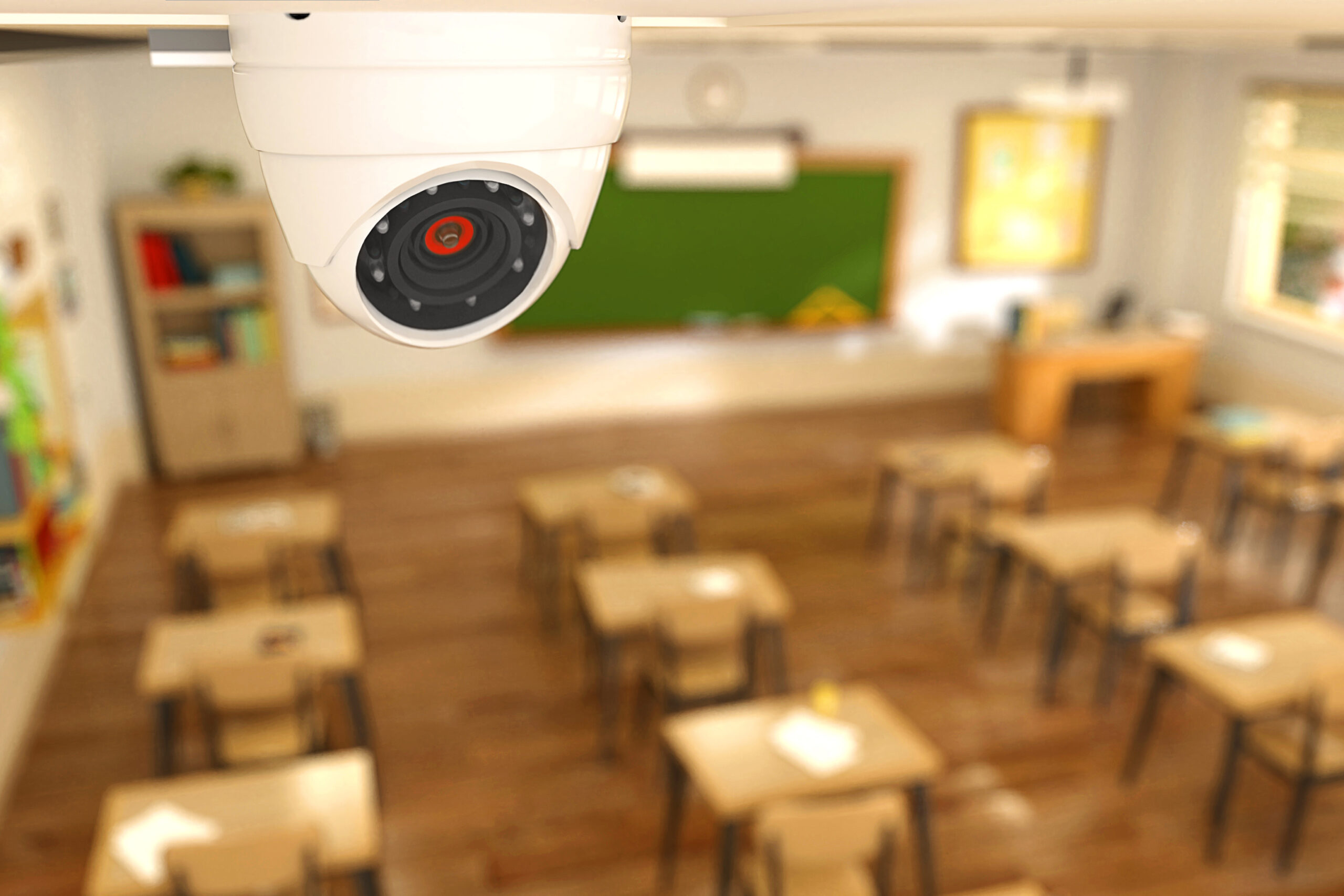In the last few years, employers across the nation have seen a dramatic shift in how their workers approach sick leave. Employees today are taking nearly twice as many sick days compared to pre-pandemic times. But contrary to what some may expect, this surge in time off has not negatively impacted productivity or morale. In fact, the opposite may be true.
As experts explain, the COVID-19 crisis fundamentally changed people’s mindsets around health and wellness. With crisis comes change, and in this case, that change may ultimately benefit both staff and employers. Here’s a closer look at the data, trends, and best practices shaping this new era of sick leave.
Seismic Shift in Sick Day Trends
According to a recent survey of over 300,000 U.S. businesses by HR platform Gusto, professional services employees who receive paid time off have taken 42 percent more sick leave so far this year compared to 2019.
Additionally, the average number of sick hours used per employee increased by 15 percent over the same period, from 13.5 hours annually to 15.5 hours. Gusto’s data shows younger staffers driving this trend, with 32 percent of workers aged 25-34 taking sick leave in 2023 versus just 28 percent of those 35-54.
While alarming at first glance, experts say employers should view these statistics as a positive cultural shift rather than a negative one.
The consensus is that, after two anxious years, employees feel empowered to finally prioritize self-care. Companies that support this shift may reap significant returns in morale, retention and productivity over the long run.
Staying Home When Sick
The Gusto data affirms what individual employers nationwide have observed firsthand since 2020: workers are now far more likely to stay home when feeling under the weather.
A human resources executive at a 900-person firm notes that pre-pandemic, people often came to work sick, putting in subpar effort and risking infecting colleagues. However, COVID-19 precautions like masking and social distancing heightened health awareness.
Now, the firm’s team members know to avoid the office when ill. And even remote employees have largely embraced the mindset that it’s better to take a day or two to recuperate versus struggling at half-capacity for a week.
The company allows staff to take up to three consecutive sick days without issue. Like most employers, they may request a doctor’s note after three days. However, the HR executive emphasizes the company strives to foster a culture of transparency and trust around sick leave.
Mental Health Taking Priority
It’s not just coughs, colds, and flu driving the surge in sick days. Mental health is also a significant factor.
The pandemic’s prolonged strain left many struggling with anxiety, depression, and burnout. In response, companies like one San Francisco-based firm now actively encourage workers to take time off for self-care.
Experts at the company say the pandemic has taken a heavy toll on mental health, and they urge employees to prioritize their well-being. It’s crucial for organizations to be supportive during these difficult times, they emphasize.
Leaders across industries make similar points and have observed staff taking more open-ended “mental health days” amid the increased flexibility of remote work.
Being Proactive on Health
Rather than waiting for employees to come forward, some organizations are now taking a proactive stance on health and wellness through policies and programs.
One HR advisory firm provides staff with up to two mental health days per month. Another company moved to a take-what-you-need PTO system so workers don’t feel pressured to go in when unhealthy.
Seeing vacation cancellations early in the pandemic, the latter also began organizing quarterly company-wide “Unplug Days” to avoid burnout. Shutting down operations for 24 hours encourages genuine rest, explains an HR director there.
A Win-Win for Employers and Staff Alike
While the doubling of sick days may seem concerning initially, experts maintain it’s a positive evolution. The pandemic taught workers renewed respect for maintaining boundaries and avoiding overexertion.
In the process, it also revealed that companies can run smoothly with a bit more flexibility. A few missed days here and there won’t make or break operations.
As one executive points out, when employees take time to recharge, they ultimately return more energized and engaged. By supporting vital self-care days, organizations can lift both morale and productivity.
So rather than balking at the shift toward more sick leave, employers should view it as a new path toward building resilient, loyal teams for the post-COVID era.
For more employee benefits resources and industry insights, contact INSURICA today.
Copyright © 2024 Smarts Publishing. This is not intended to be exhaustive nor should any discussion or opinions be construed as legal advice. Readers should contact legal counsel or an insurance professional for appropriate advice.
About the Author
Share This Story
Related Blogs
Enhancing School Security: Practical Strategies for Safer Campuses
Enhancing school security is one of the most pressing responsibilities for education leaders today. As school campuses evolve, so too must the systems that protect them. For administrators, safety professionals, and district decision-makers, creating a secure learning environment means taking a proactive, layered approach that includes physical security, training, technology, and community involvement.
5 Common Cybersecurity Mistakes and How to Avoid Them
All organizations, regardless of their size or industry, are at risk of being targeted by cybercriminals. These malicious actors can conduct cyberattacks, leading to significant financial, operational and reputational damage that can be difficult or impossible to recover from. Fortunately, solid cyber hygiene practices can reduce the likelihood of data breaches and other cyber incidents from occurring, and many of these practices are relatively low-cost and easy to implement.
Insurance Coverage Basics For Boatowners
A small boat, such as a canoe or other un-motorized boat, is typically covered under the personal property portion of your homeowners insurance policy. If you own a larger, faster boat, you'll need a separate boatowners insurance policy. A typical boatowners insurance policy is designed to protect your boat, motor, equipment, and passengers. It affords similar coverages to those you typically have for your car including:








